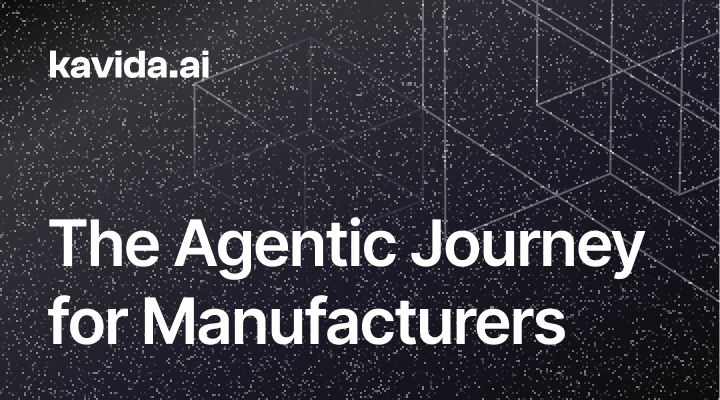
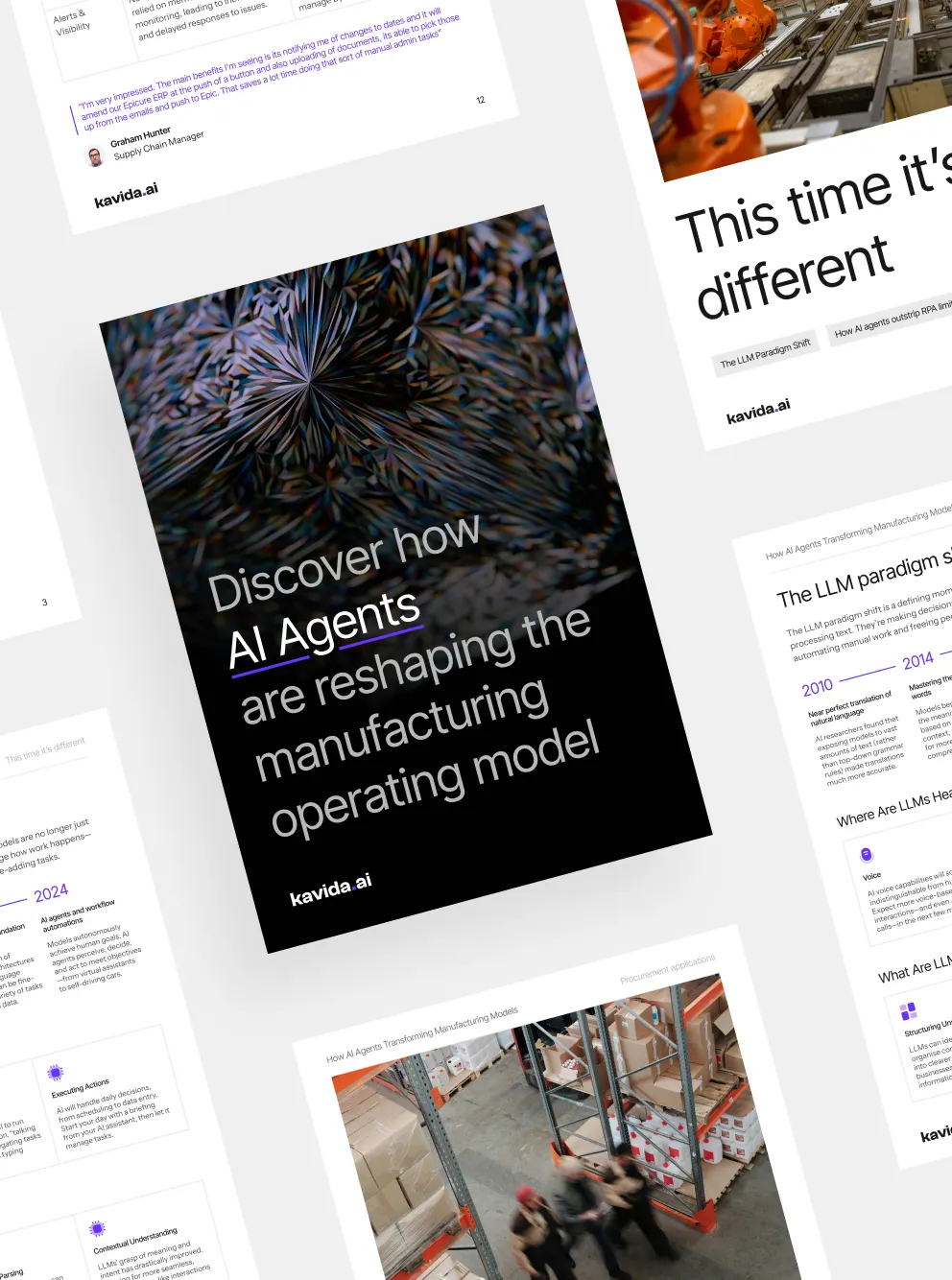
Discover how AI agents are reshaping the manufacturing operating model

Hi, I’m Alison!
Share your details, and I’ll give you a call in minutes to see how we can assist.

The Ultimate Guide to Procuring Generative AI for Your Manufacturing Company
Table of Contents
ToggleFor organizations implementing or considering a Procure-to-Pay (P2P) system, it is important to understand that achieving the full benefits goes beyond just installing the software. It requires rethinking processes, retraining teams, and integrating new workflows to unlock the system’s true potential.
There are often significant risks and unexpected issues that can arise during deployment, which can prevent these benefits from materializing. It is critical to plan for these challenges to ensure a successful outcome.
Below, we explore how Agent PO enhances P2P deployment, reduces supplier compliance risk and maximizes the value of your new p2p investment.
Why Did You Buy a P2P System?
Organizations invest in Procure-to-Pay (P2P) systems to solve several critical problems and enhance their procurement processes. However, it’s essential to revisit the original reasons behind this investment:
- Streamlined Procurement Processes: To eliminate manual steps, reduce errors, and accelerate purchasing cycles.
- Better Spend Visibility: To gain clear insights into spending patterns, enabling better budgeting and cost control.
- Improved Compliance: To ensure adherence to internal policies and regulatory standards.
- Supplier Relationship Management: To centralize supplier data and interactions, enhancing communication and overall relationship quality.
Common Pitfalls During P2P Deployment
Companies often overlook critical challenges when selecting a P2P system, focusing solely on promised benefits rather than considering potential issues that can arise during deployment. This oversight often leads to the following common pitfalls, which hinder their return on investment:
- Supplier Onboarding Delays: According to a recent Deloitte survey, 65% of companies reported delays in supplier onboarding due to inadequate planning and lack of automation
- Data Migration Inaccuracies: A Gartner report found that 48% of procurement teams experienced data migration issues when implementing new systems
- Limited Supplier Compliance Management: Research from Procurement Leaders indicated that 53% of companies struggled with ensuring supplier compliance
- Manual Tender Follow-Ups: A survey by Spend Matters revealed that 58% of procurement teams still rely on manual follow-ups for tendering processes
- Lack of Analytics for Decision-Making: McKinsey research highlighted that 45% of companies lack access to actionable insights in their P2P systems
- Communication Gaps: According to a recent Supplier Engagement report, only 23% of suppliers actively engage with P2P portals
How Agent PO Minimises P2P Implementation Risk
Agent PO is designed to operate in tandem with P2P systems to fill these gaps and P2P workflows
- Automated Supplier Onboarding & Communication: Agent PO coordinates with your suppliers via email to ensure they onboard successfully. Yes, that means a lot of follow-up to make sure everything runs smoothly.
- Data Validation & Migration Support: During P2P deployments, Agent PO ensures the accuracy of data migration within the P2P system, checking for inconsistencies and helping rectify them before they create problems downstream.
- Compliance Monitoring: Agent PO continuously monitors supplier compliance as part of the P2P process, ensuring alerts for non-compliance, such as expired certificates and missing documents, and identifying and alerting you to non-compliant POs that may be raised.
- Tender and Order Follow-Up Automation: Agent PO will chase all your suppliers via email (soon via phone as well) to ensure they submit all the required tender information, reducing tender cycle time and freeing up procurement managers from manual follow-ups. This isn’t just a single follow-up—Agent PO continues chasing throughout the tender lifecycle to reduce incomplete tenders and keep suppliers on track for closing tenders faster.
- Advanced Analytics: By leveraging custom trained LLMs, Agent PO provides actionable insights directly within P2P systems, allowing procurement teams to make data-backed decisions and mitigate risks related to procurement inefficiencies.
How it works
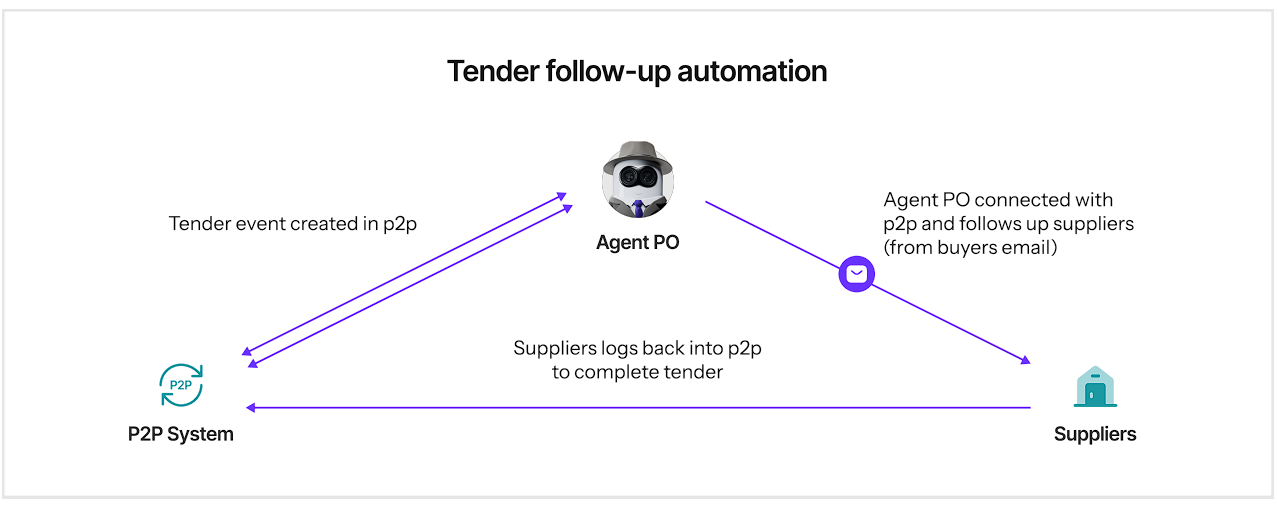
Deeper analytics and insights
Where P2P systems primarily handle transactional activities, Agent PO serves as an intelligent overlay that integrates data from multiple connected systems, including your ERP and P2P. This allows procurement teams to query both P2P and ERP data within one unified system, providing deep analytics and actionable insights.
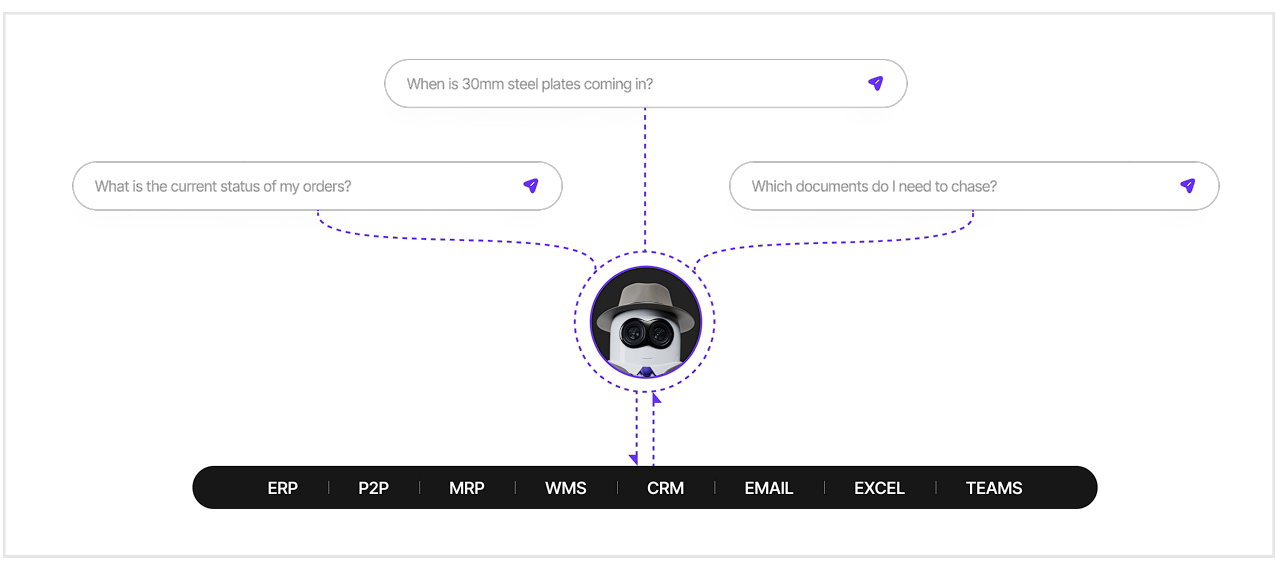
Conclusion
P2P implementations can be transformative, but they’re not without challenges and inherent risks. Agent PO acts as a crucial partner to your P2P system, addressing deployment pitfalls, automating manual tasks, and keeping your procurement workflows within P2P smooth and predictable. By bridging gaps, reducing risk, and enhancing your P2P’s capabilities, Agent PO helps your procurement team move from firefighting to proactive, risk-aware management, maximizing your return on investment.
The Ultimate Guide to Procuring Generative AI for Your Manufacturing Company
Table of Contents
Toggle
Author:

Kevin Musprett
Head of Growth at Kavida.ai
Kevin drives GTM at Kavida, an AI agent used by manufacturing purchasing teams so they never miss a critical order from suppliers. Kevin dedicates himself to building and scaling kavida.ai to become the PO management platform of choice for an addressable market of over 15 million users.
Related articles

The Agentic Transformation in Manufacturing: From Specialised AI Assistants to Intelligent Systems
Procurement leaders today need more than just efficient workflows—they need insights that drive smart decision-making. For decision makers...
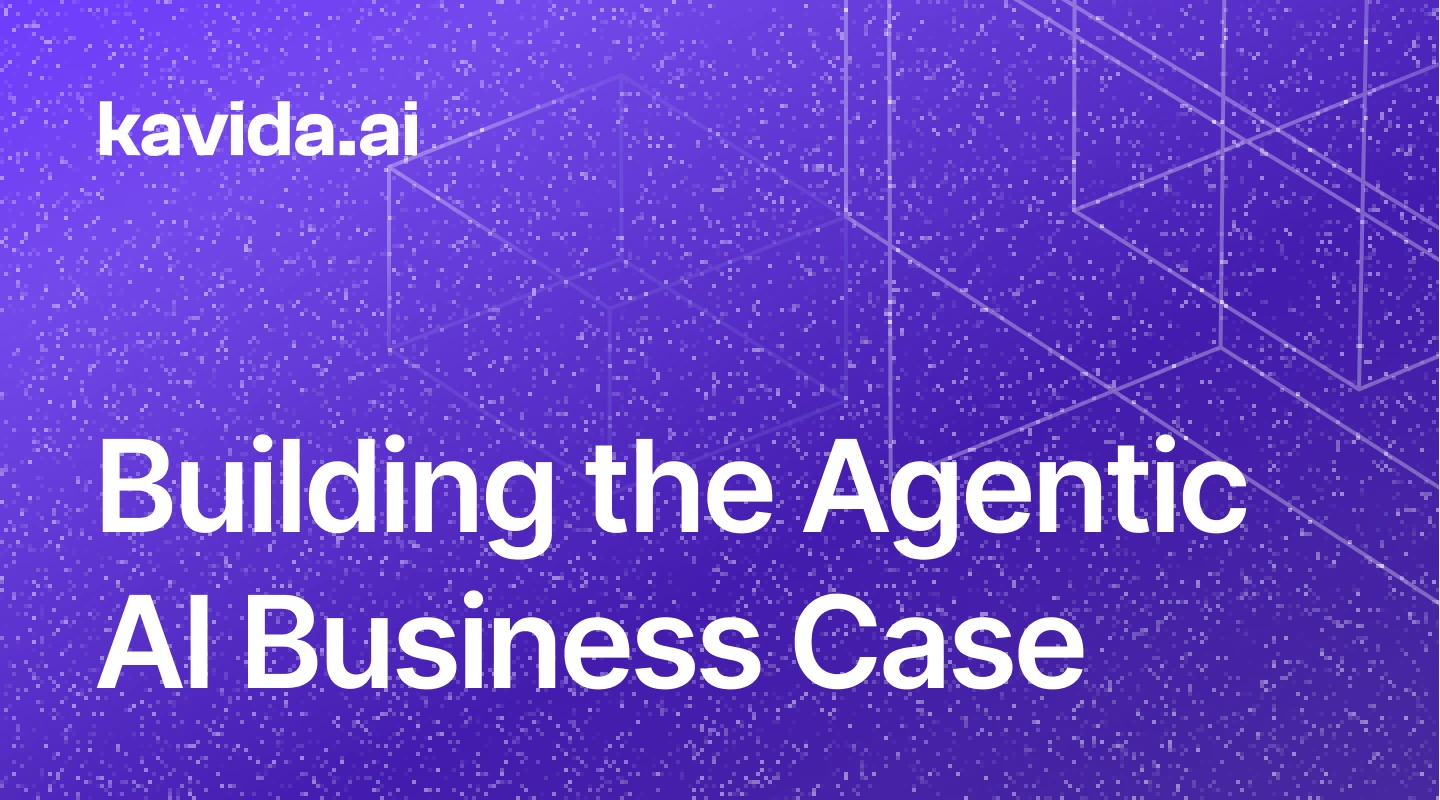
A Procurement Champion’s Guide to Building the AI Business Case
Procurement leaders today need more than just efficient workflows—they need insights that drive smart decision-making. For decision makers...
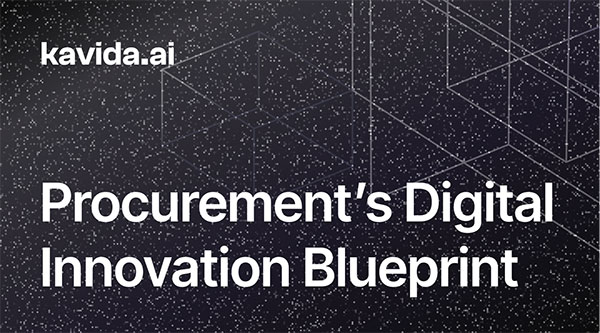
The Procurement Blueprint for Human-Centric Digital Innovation
Procurement leaders today need more than just efficient workflows—they need insights that drive smart decision-making. For decision makers...
